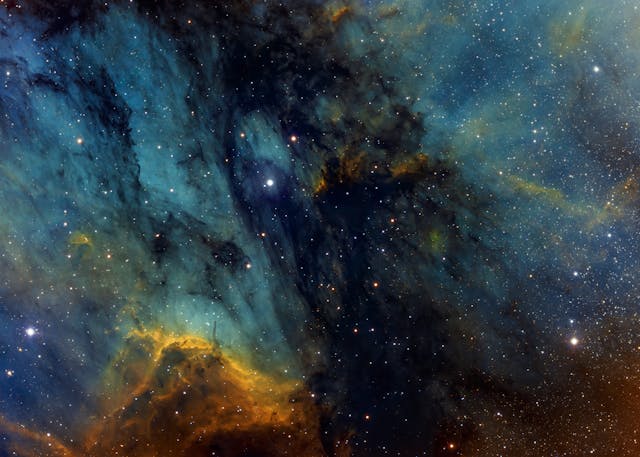Stars similar to the Sun maintain a consistent brightness due to the fusion of hydrogen into helium, keeping them shining steadily for billions of years. However, when stars deplete their nuclear fuel, they can undergo dramatic transformations.
Supernovas occur in the Milky Way unnoticed
The Sun will ultimately perish, expanding into a white dwarf. Stars over eight times the Sun’s mass experience a violent end known as a supernova occurring infrequently in the Milky Way and generally go unnoticed on Earth. For a supernova to impact life here, it must occur within 100 light years.
When a massive star dies in a supernova, it briefly shines as brightly as billions of stars combined. Supernovae occur approximately once every 50 years per galaxy, with billions of galaxies in the universe, resulting in a supernova explosion every fraction of a second somewhere in the universe. The dying star emits gamma rays, a type of high-energy electromagnetic radiation invisible to the human eye, and releases cosmic rays, subatomic particles moving close to the speed of light. Although supernovae in the Milky Way are rare, historical records mention a few that have been observed, such as one in 185 A.D.
In 1006 and 1054 A.D., bright stars appeared, later identified as supernovae by astronomers. Johannes Kepler observed the last Milky Way supernova in 1604, suggesting the next one is overdue. Betelgeuse, a red supergiant 600 light years away, is nearing the end of its life and could become a supernova, shining brightly but posing no threat to Earth.
Radiations from supernova explosions harmful
A supernova’s gamma-ray radiation can potentially harm Earth’s protective mechanisms for sustaining life if the explosion occurs nearby. Due to the finite speed of light, there’s a delay in detecting such events, with a 100-year lag for a supernova occurring 100 light years away.
Greater distance provides safety from supernova radiation, as gamma rays and cosmic rays disperse in all directions. For instance, if two identical supernovae occur, with one being ten times closer to Earth than the other, the closer event would result in radiation approximately a hundred times stronger reaching Earth.


